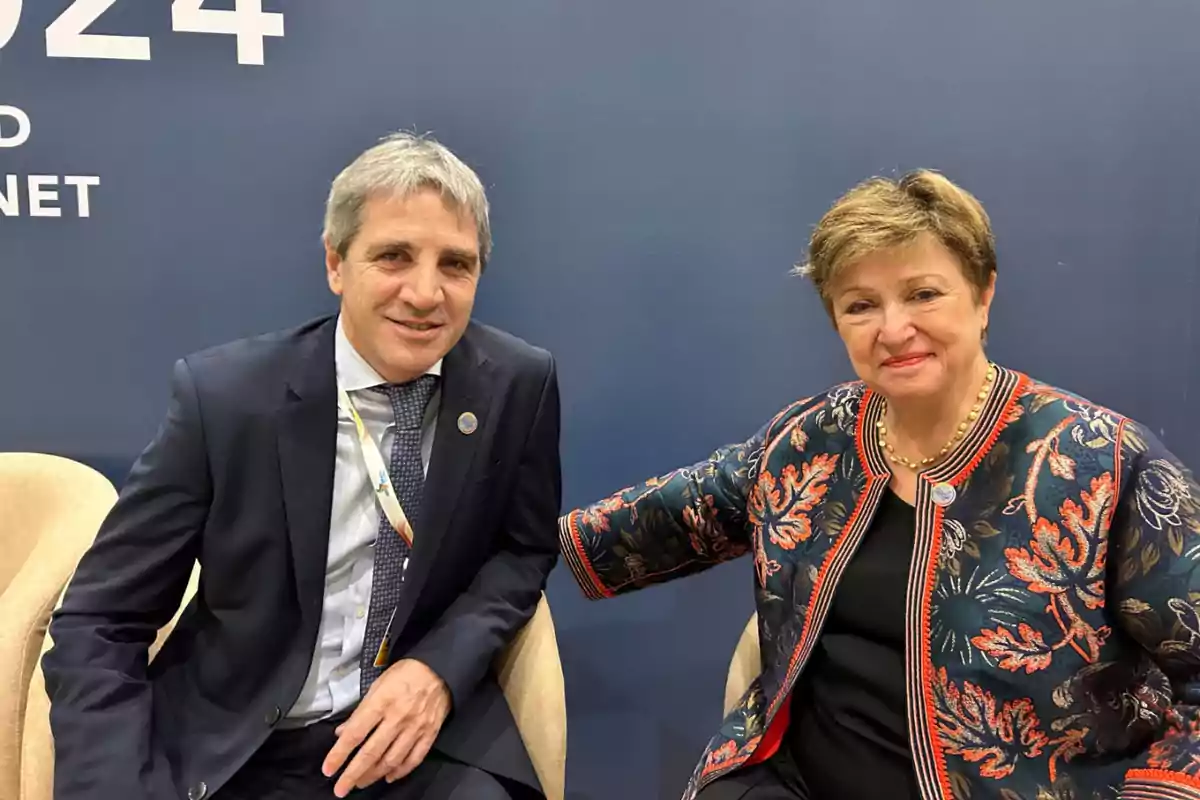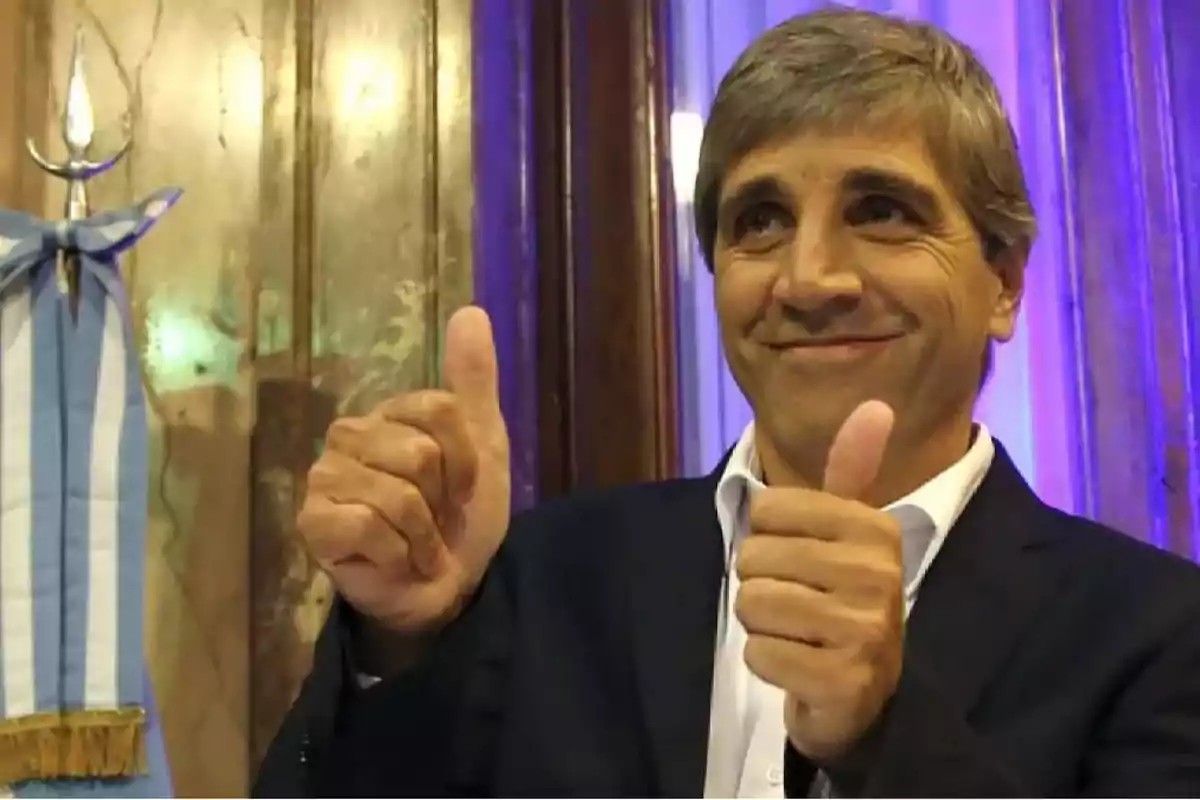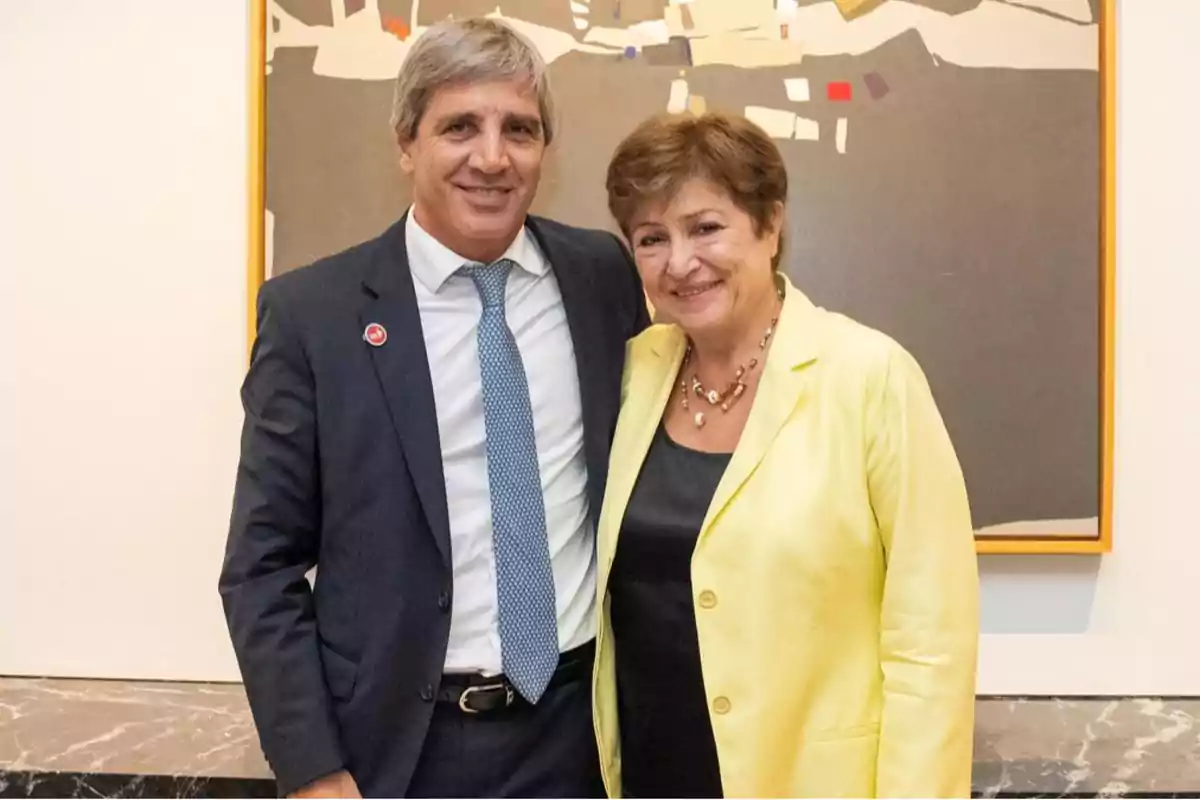
The IMF will disburse USD 12 billion this Tuesday following the currency liberalization.
Starting this Tuesday, BCRA will have more reserves thanks to the first disbursement from the multilateral organization
After the debut of the new exchange rate scheme with a floating dollar, the national Government highlighted the orderly development of the day and anticipates that this Tuesday the disbursement of USD 12 billion from the International Monetary Fund (IMF) will be completed, with the aim of reinforcing the Central Bank's international reserves.
The exchange rate closed around $1,200, in the center of the band, without official intervention.
A first test passed with relief
Monday's session was closely watched by the Ministry of Economy. Throughout the day, officials monitored the market's behavior under the new modality, which removes much of the restrictions and allows for a managed float of the exchange rate.

"We are satisfied," assured a source from the economic team to Infobae after the cabinet meeting with President Javier Milei, in which an assessment of the first day of the so-called phase 3 of the economic program was made.
In the days leading up, the Ministry of Finance had summoned banks and stockbrokers to adjust systems to the new regime. The initial market response was interpreted as a sign of confidence, although authorities warn that the true result will be measured in the medium term, when it is seen if the exchange rate tends to settle at the lower end of the band and thus allows the BCRA to repurchase currencies.
The challenge of reserve accumulation
Despite the relief provided by the IMF's contribution, the funds are not counted as net reserves for the purposes of the agreement. To reach the accumulation targets set in the June review, the Central Bank will have to buy about USD 4.5 billion in the official market, according to estimates by the PxQ consultancy.

This pressure is compounded by the worrying data of negative net reserves, which as of April 11 were around -USD 7.4 billion. Hence the Government's insistence on the agricultural export sector to liquidate currencies as soon as possible, especially in light of the possibility of an increase in withholdings in July. The Liaison Table showed skepticism, interpreting the message as directed more toward grain companies.
In addition to the IMF's contribution, the Executive expects USD 1.5 billion from other international organizations and an expansion of the Repo loan by USD 2 billion in the short term. However, it is unclear if these inflows will be computable as net reserves within the framework of the agreement.

The IMF report: exchange rate lag and correction
In its staff report, the IMF warned that the real exchange rate appreciated more than 40% since December 2023, despite the correction that month, and that there is still a gap of between 15% and 25% to reach external balance.
Part of that alleged lag may have been corrected this Monday, with an 11.5% increase in the reference dollar for foreign trade.
More posts: